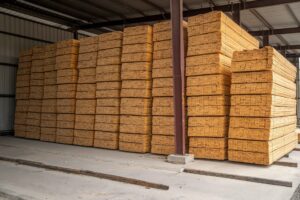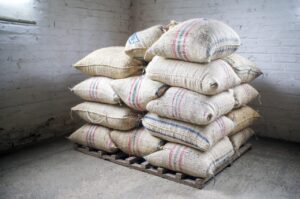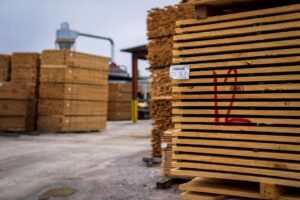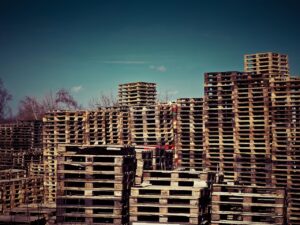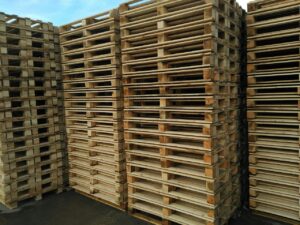1. Introduction
Bamboo fencing and boundary materials are gaining popularity due to their eco-friendly, durable, and aesthetic properties. This project focuses on setting up a manufacturing unit to produce high-quality bamboo fencing panels, boundary stakes, and other related products catering to homeowners, landscapers, and commercial clients.
2. Market Analysis
2.1 Industry Overview
The global fencing market is expected to grow at a CAGR of 5-7%, with an increasing shift toward sustainable and biodegradable materials like bamboo.
2.2 Target Market
Homeowners and real estate developers
Landscaping and gardening companies
Agricultural and farm fencing businesses
Government and municipal projects
Export markets for sustainable fencing solutions
2.3 Competitive Advantage
Sustainable and biodegradable material
Durable, lightweight, and weather-resistant
Rising demand for eco-friendly alternatives to plastic and metal fencing
3. Project Cost and Investment
3.1 Fixed Capital Investment
| Item | Cost (INR) |
|---|---|
| Land & Building (Rent) | |
| Machinery & Equipment | |
| Furniture & Fixtures | |
| Initial Raw Materials | |
| Miscellaneous Expenses | |
| Total Fixed Capital |
3.2 Working Capital (3 Months)
| Item | Cost (INR) |
|---|---|
| Raw Materials | |
| Labor Wages | |
| Utility Bills | |
| Marketing & Promotions | |
| Miscellaneous | |
| Total Working Capital |
3.3 Total Investment Requirement
Fixed Capital + Working Capital =
4. Production Process
Sourcing Bamboo – Procuring high-quality bamboo from sustainable sources.
Cutting & Shaping – Cutting bamboo to standard sizes for fencing and stakes.
Treatment & Drying – Treating bamboo to enhance durability and weather resistance.
Assembling & Finishing – Constructing fencing panels, boundary stakes, and other materials.
Quality Control – Ensuring strength, durability, and aesthetic appeal.
Packaging & Distribution – Eco-friendly packaging and shipment to retailers and customers.
5. Revenue Model & Profitability
5.1 Expected Sales & Pricing
| Product | Selling Price/Unit (INR) | Monthly Production | Monthly Revenue (INR) |
|---|---|---|---|
| Bamboo Fencing Panels | |||
| Bamboo Boundary Stakes | |||
| Custom Bamboo Barriers | |||
| Total Monthly Revenue |
5.2 Monthly Expenses
| Expense | Cost (INR) |
|---|---|
| Raw Materials | |
| Labor Wages | |
| Utility Bills | |
| Marketing & Promotions | |
| Maintenance | |
| Miscellaneous | |
| Total Monthly Expenses |
5.3 Monthly Profit Calculation
Revenue – Expenses =
5.4 Annual Profitability
6. Break-Even Analysis
Break-even Point (BEP) = Fixed Costs / Contribution Margin
Fixed Costs =
Contribution Margin = Selling Price – Variable Cost per unit
Assuming an average contribution margin of 50%: BEP =
7. Funding Options
Government Schemes (MSME loans, Startup India benefits)
Bank Loans & Credit Facilities
Angel Investors & Venture Capital
8. Sustainability & Future Growth
Expansion into bamboo-based outdoor furniture and garden products
Collaboration with real estate developers for large-scale fencing projects
Export potential to eco-conscious markets
